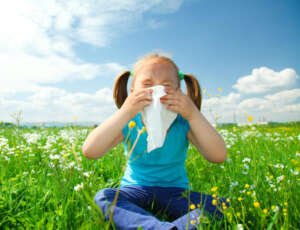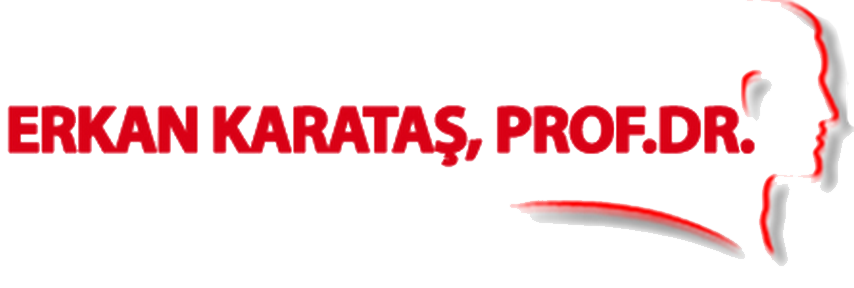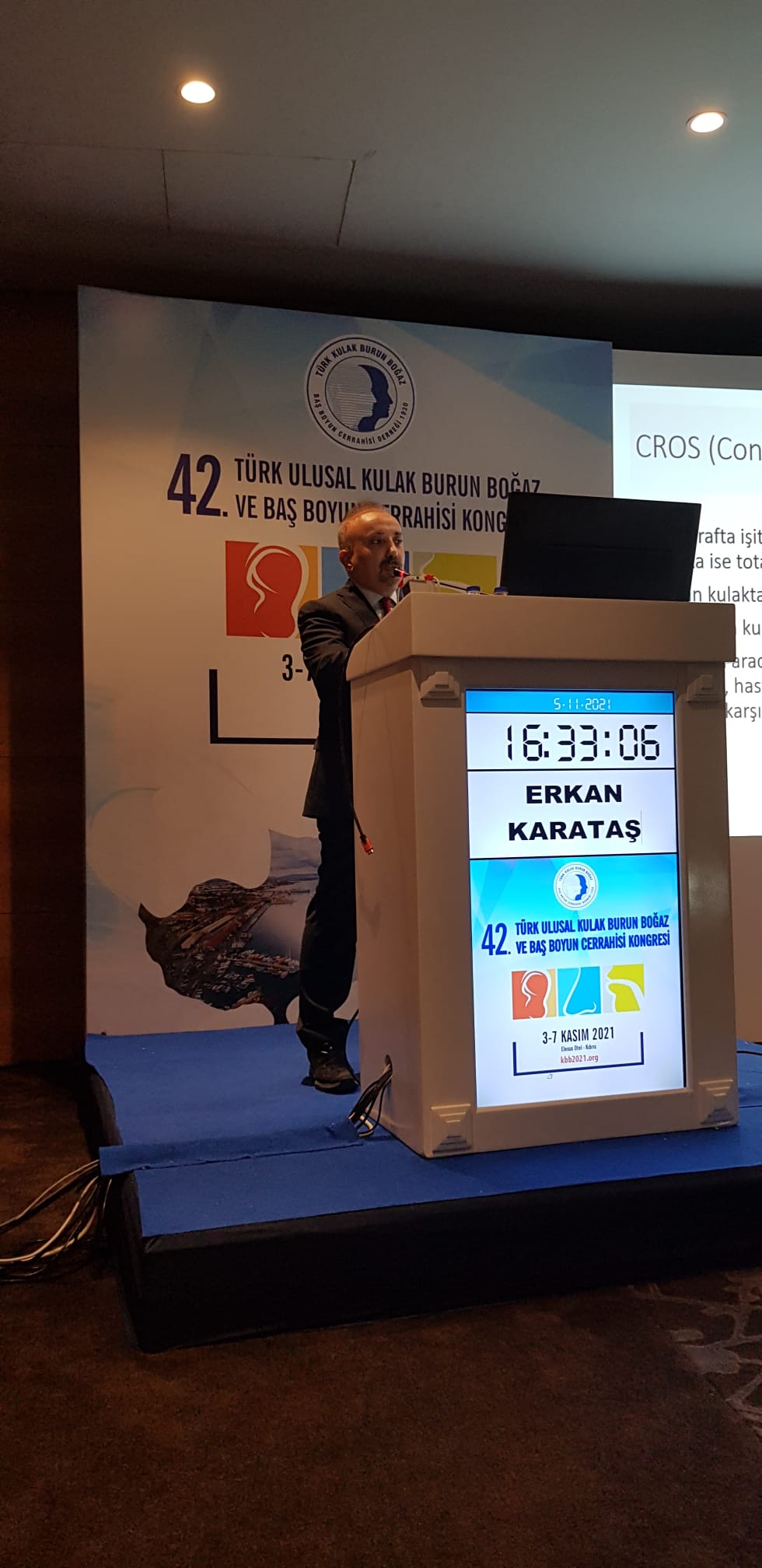Allergic rhinitis

Allergic rhinitis is the name given to inflammation as an allergic cause of covering the inside of the nose. It is more common in allergic subjects. It usually lasts for life but may decrease in severity at older ages. The most common cause is the wind-borne pollen, but it can also be triggered by any other allergen. The chance of spontaneous passing is very low. However, avoiding the disease-causing media or allergies provides significant benefits. The disease is highly prevalent and there are allergic rhinitis in about 20% of our population according to scientific studies.
Allergic rhinitis is a seasonal allergic rhinitis, which occurs during certain seasons (for example, in spring when pollen is intense). Seasonal allergic rhinitis is known as hay baldness. Allergic rhinitis has one other type all year round and is called perenial rhinitis. The causes of perennial rhinitis differ from those of seasonal allergic rhinitis, mainly due to house dust mites, animal feathers, bathrobes and various chemicals found throughout the year.
Allergic rhinitis usually occurs in people with atopic allergies (atopic). These people are more common in other allergic diseases such as eczema, urticaria, and asthma. People with allergic disease have a higher incidence of allergic rhinitis. The disease usually occurs before the age of 40 years and the complaints diminish with age.

The most common symptoms of allergic rhinitis are;
* Nasal discharge and nasal obstruction
* Sinus pressure and facial pain
* Decrease in smell and taste senses
* Frequent nasal scratching in children (allergic salute)
* Sometimes wheezing, coughing and headache
* Eyes watering and itching
* Swelling of your eyes and getting a bluish color
* Presence of long eyelashes
* Sore throat, coughing and sore throat
* Itching in the throat, the burr or the upper palate
* Fatigue, perception difficulty, sleep disturbance
When should I go to a doctor?
If the symptoms have increased over recent years, if they continue all year round, if the allergy medication is no longer complaints, or if the allergy medication causes side effects, you should go to the doctor.
Diagnosis of allergic rhinitis; The symptoms seen in the patient for the diagnosis of allergic rhinitis are examined in detail. During the inquiry, the questionnaire is questioned about the season, the frequency and where it is. Atopy, the presence of the disease in family members is carefully examined. After the history is passed to the examination. First ENT then systemic examination is performed. The examination examines the patient’s nasal mucosa and other areas of the body. There are many adjunctive diagnostic tests such as diagnostic IgA test in the diagnosis. Allergy skin tests done on the floor are the most commonly used methods.
How is allergic rhinitis treatment?

Allergic rhinitis treatment does not completely remove the disease, it is aimed at eliminating complaints. In the first treatment of allergic rhinitis, medicines called “antihistamines” are used to prevent secretion of substances causing allergies. These drugs are very useful. They are especially effective in eliminating complaints such as sneezing, itching and discharge. Another commonly used option is nasal spray with “steroid”. The treatment of the disease should also include environmental and allergy control. Mast cell stabilizers, cromoglycate, leukotriene antagonists can be used in patients who are suitable for other drugs. Combination therapy (antihistamine, nasal spray, etc.) has quite beneficial effects on nasal obstruction.
.
Allerjik burun hastalıkları (Allerjik rinit)

Allerjik rinit burun içini kaplayan örtünün alerjik nedenli olarak iltihaplanmasına verilen addır. Alerjik bünyeli kişilerde daha sık görülür. Genellikle ömür boyu sürer fakat ileri yaşlarda şiddeti azalabilir. En sık görülme nedeni rüzgarla taşınan polenlerdir fakat herhangi başka alerjenler tarafından da tetiklenebilir. Kendiliğinden geçme ihtimali oldukça düşüktür. Fakat hastalığı tetikleyen ortamlardan veya alerjenlerden uzak durulması önemli faydalar sağlamaktadır. Hastalık oldukça yaygındır ve bilimsel çalışmalara göre toplumumuzun yaklaşık %20’sinde alerjik rinit mevcuttur.
Allerjik rinitin belirli mevsimlerde (örneğin polenlerin yoğun olduğu bahar aylarında) meydana gelen türüne mevsimsel allerjik rinit denir. Mevsimsel alerjik rinit saman nezlesi olarak ta bilinir. Alerjik rinitin birde tüm yıl boyunca süren diğer bir çeşidi vardır ve perenial rinit olarak isimlendirilir. Perenial rinitin nedenleri mevsimsel allerjik rinitten farklıdır, genellikle yıl boyunca ortamda bulunan ev tozu akarları, hayvan tüyü, hamam böcekleri ve çeşitli kimyasallara bağlıdır.
Alerjik rinit genellikle alerji yatkınlığı olan (atopik) kişilerde görülür. Bu kişilerde egzema, ürtiker ve astım gibi diğer alerjik hastalıklarda daha sık görülür. Ailesinde alerjik hastalık bulunan kişilerde alerjik rinit görülme sıklığı daha fazladır. Hastalık genellikle 40 yaşından önce ortaya çıkar ve yaş ilerledikçe şikayetler azalır.

Alerjik rinitin en sık görülen belirtileri şunlardır;
*Burun akıntısı ve burun tıkanıklığı
*Sinüslerde baskı ve yüz ağrısı
*Koku ve tat duyularında azalma
*Çocuklarda sık sık burnunu kaşıma hareketi (allerjik selam)
*Bazen hırıltılı solunum, öksürük ve başağrısı
*Gözlerde sulanma ve kaşıntı
*Gözaltlarının şişmesi ve mavimsi bir renk alması
*Uzun kirpiklerin varlığı
*Aksırma, öksürme ve boğaz ağrısı
*Boğazda, burunda veya üst damakta kaşıntı
*Yorgunluk, algılama güçlüğü, uyku bozukluğu
Peki ne zaman doktora gidilmelidir? Belirtiler son dönemlerde aşırı derecede arttıysa, tüm yıl boyunca devam ediyorsa, alerji ilaçları artık şikayetleri gidermiyorsa veya alerji ilaçları yan etkilere sebep oluyorsa mutlaka doktora gidilmelidir.
Alerjik rinite tanı; Alerjik rinit tanısı için hastada görülen belirtiler detaylıca incelenir. Sorgu esnasında belirtilerin mevsimi, sıklığı ve nerde daha fazla olduğu sorgulanır. Atopi varlığı, aile bireylerinde hastalık varlığı dikkatlice irdelenir. Anamnezden sonra muayeneye geçilir. Önce KBB sonra da sistemik muayene yapılır. Muayenede hastanın burun mukozası ve vucudun diğer bölgeleri incelenir. Tanıda kanda antikor IgE testi gibi pek çok ek tanı testi bulunur. Deriye yapılan alerji deri testleri en sık kullanılan yöntemlerdendir.
Alerjik rinit tedavisi nasıldır?

Alerjik rinitin tedavisi hastalığı tamamen ortadan kaldırmaz, şikayetlerin giderilmesine yöneliktir. Alerjik rinitin ilk tedavisinde “antihistaminik” denilen ve alerjiye neden olan maddelerin salgılanmasını engelleyen ilaçlar kullanılır. Bu ilaçlar oldukça faydalıdır. Özellikle hapşırma, kaşıntı ve akıntı gibi şikayetlerin giderilmesinde etkilidirler. Sık kullanılan diğer bir diğer seçenek ise “steroid” içeren burun spreyleridir. Hastalığın tedavisi aynı zamanda çevre ve alerji kontrolünü de kapsamalıdır. Mast hücre stabilizatörleri, kromoglikat, lökotrien antagonistleri gibi diğer ilaçlarda uygun görülen hastalarda kullanılabilir. Kombine tedavinin (antihistamin, burun spreyi vb) burun tıkanıklığının üzerine oldukça yararlı etkileri vardır.
.



